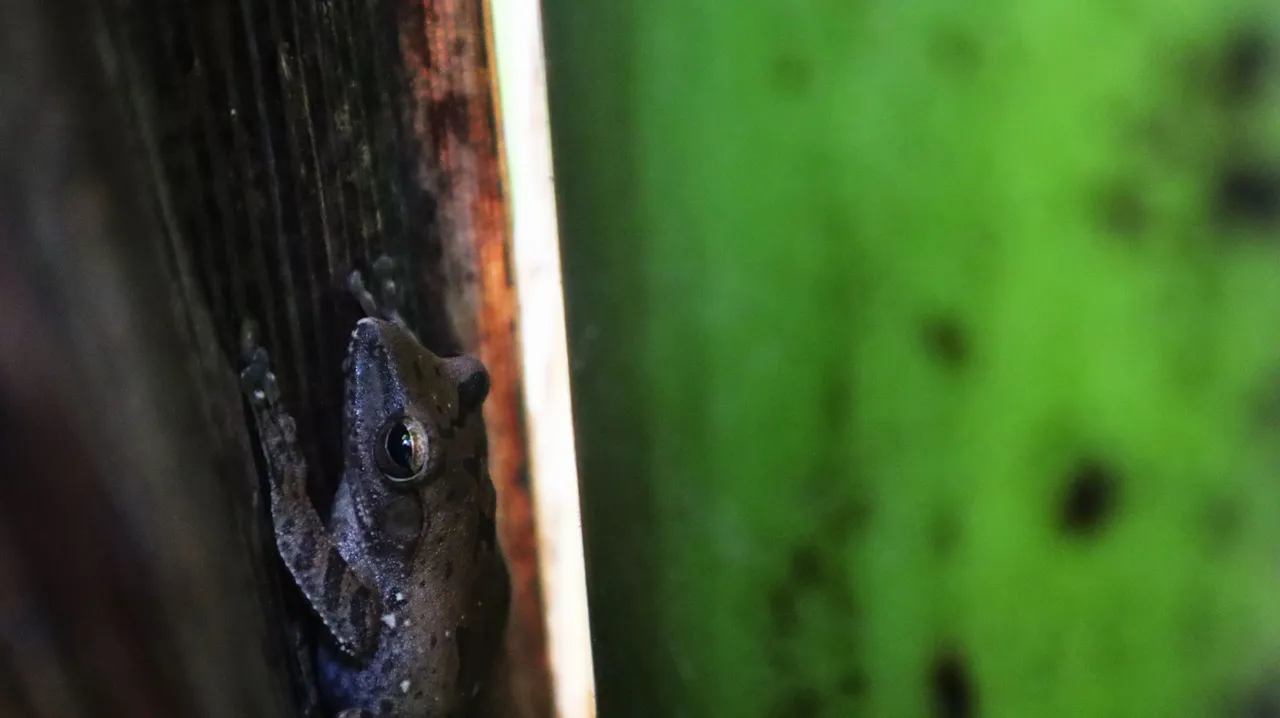
I just found out about it. Honestly it did surprise me. I never imagined that frogs could live in banana stems. I thought it must be dangerous for them, because banana stems could be cut at any moment with a machete, and it might hit them by accident. But what can I do, I see they are happy to live there. But well, this story about which surprised me, I started from the beginning.
One morning, and it was raining the night before that morning. I then thought, what might I get if I go to a garden area where cultivated plants grow together with bushes that must have been wet by last night's rain. So, I got there, which is a densely vegetated area near the Aceh river in Sumatra.
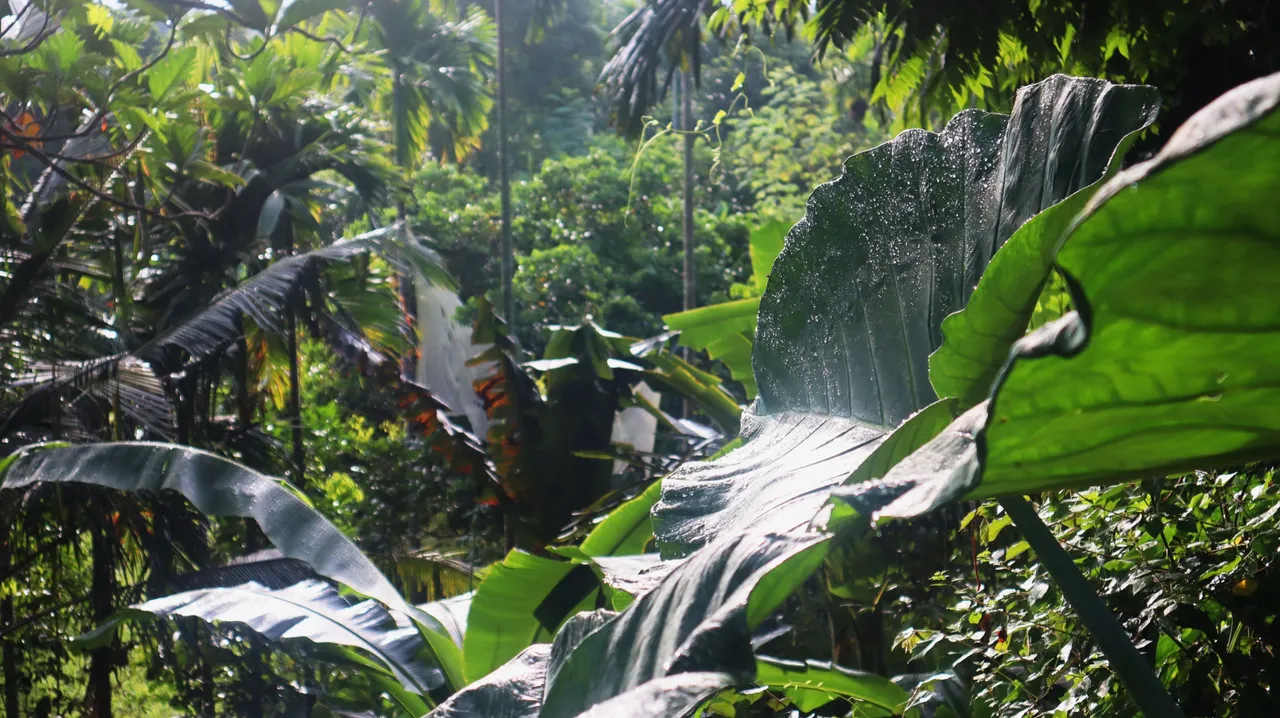
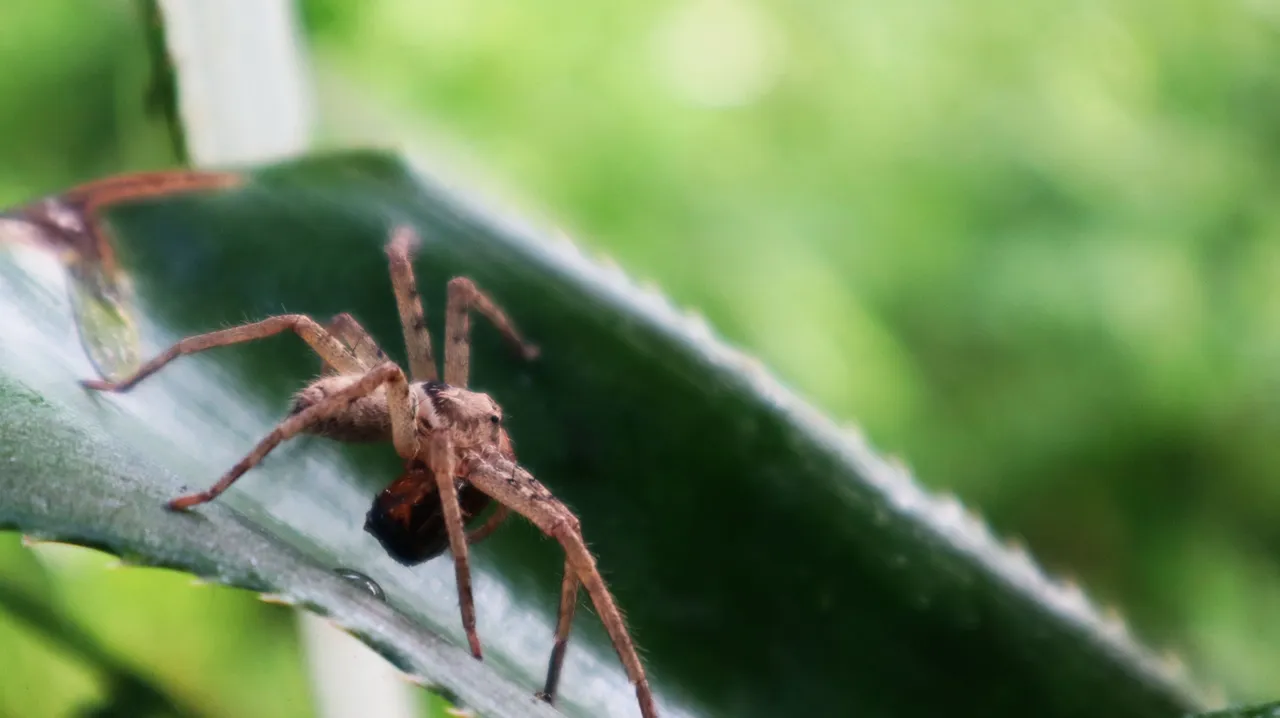
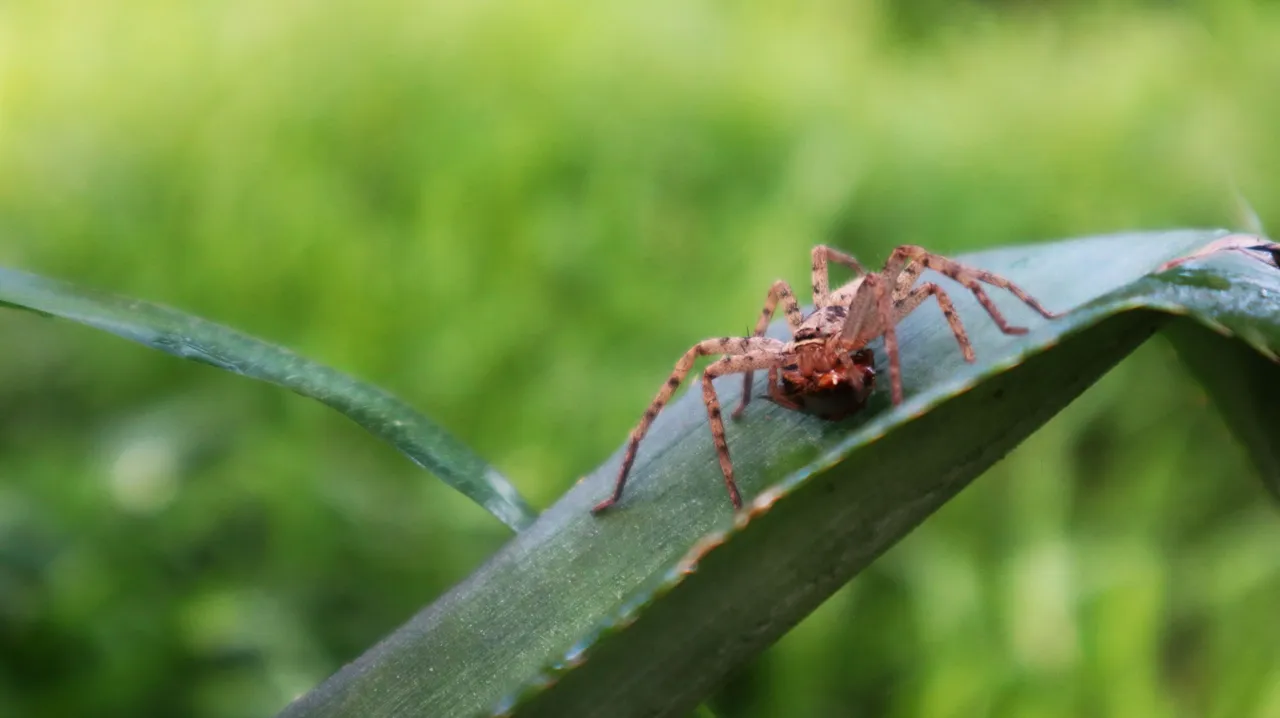
Well, apparently the first thing I saw was a spider that looked like it was carrying an insect, maybe, some kind of beetle, in its mouth. That seems like a nice catch in the early morning!
I continued to walk in the area, and as usual, butterflies and dragonflies flew to and fro, and the aroma of the coffee blossoms gave off a fragrance and attracted the insects.

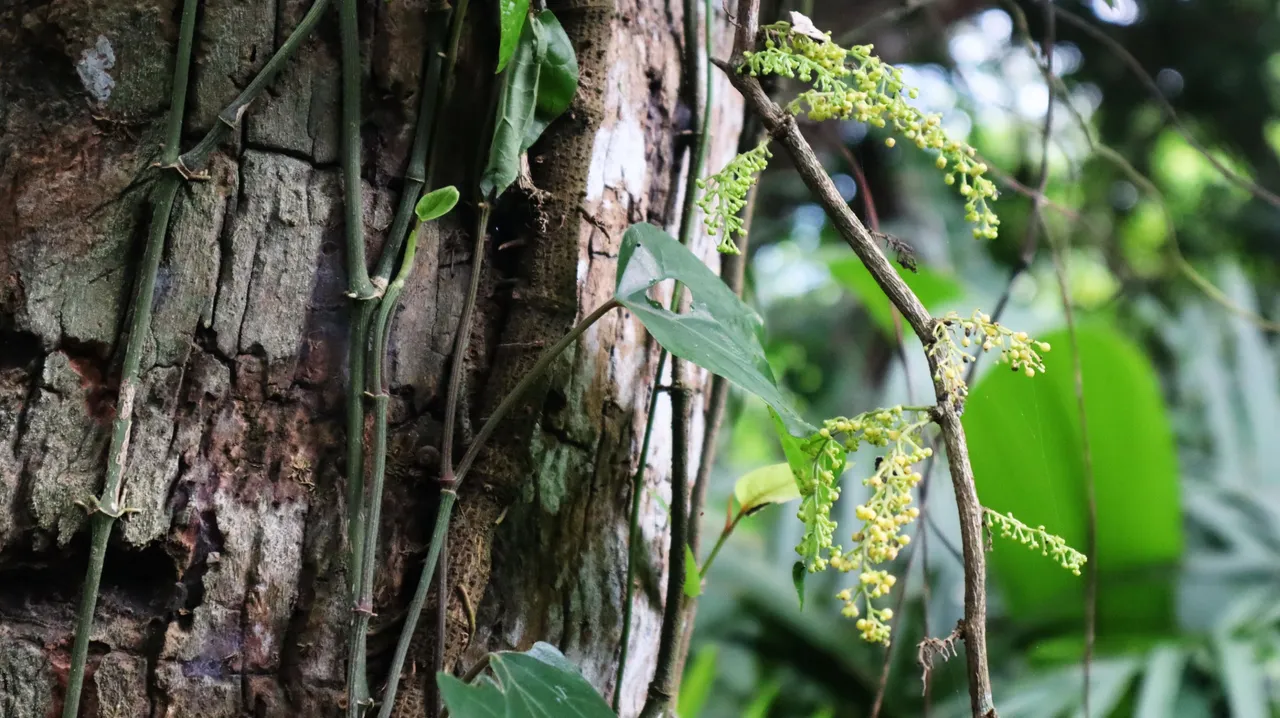
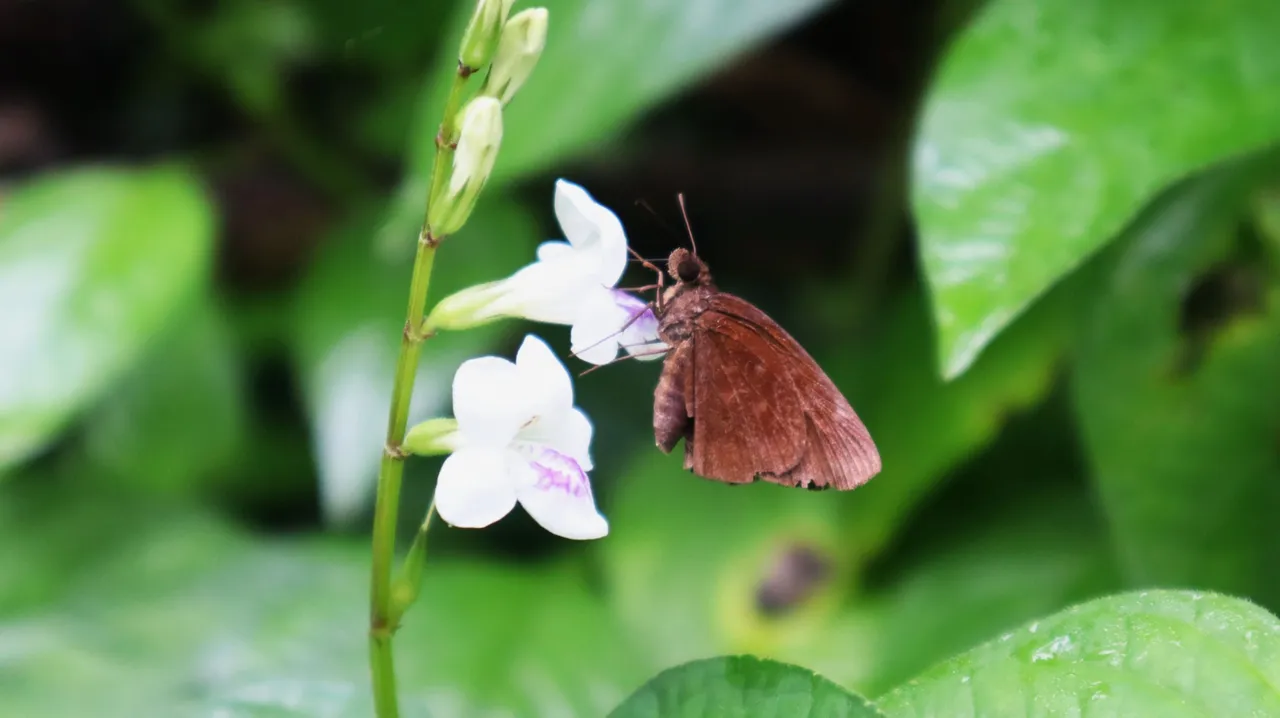
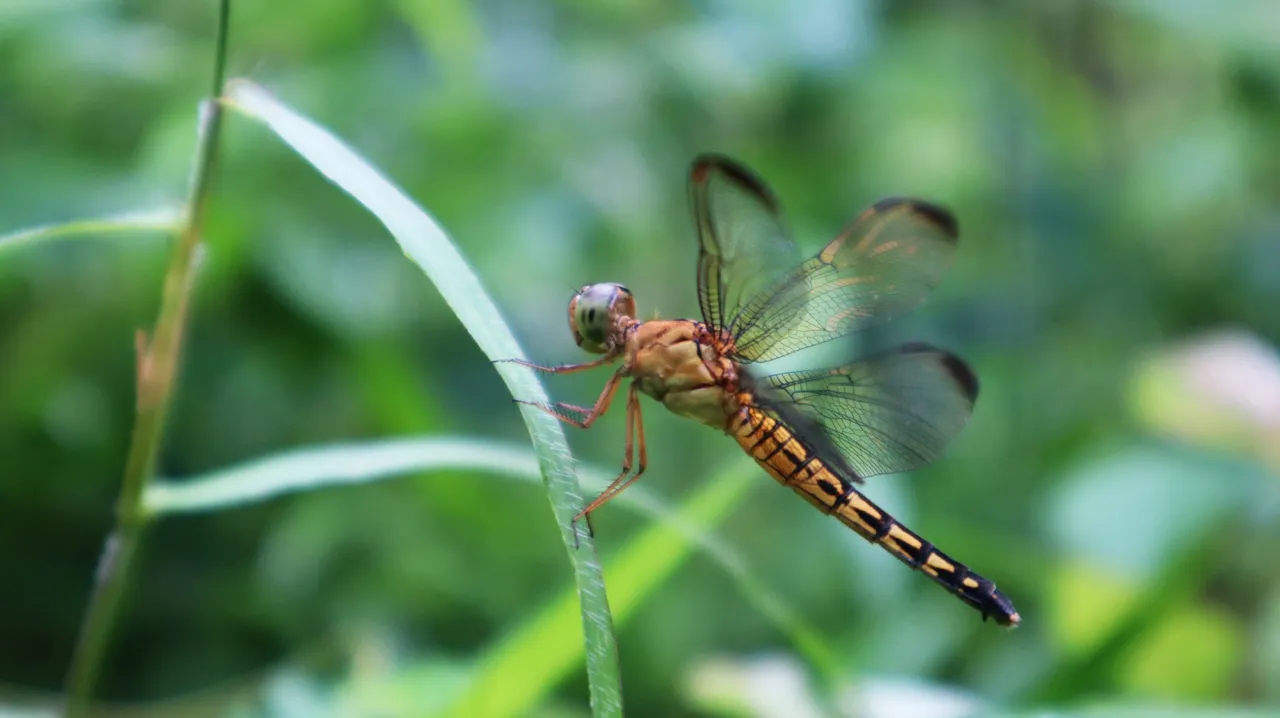
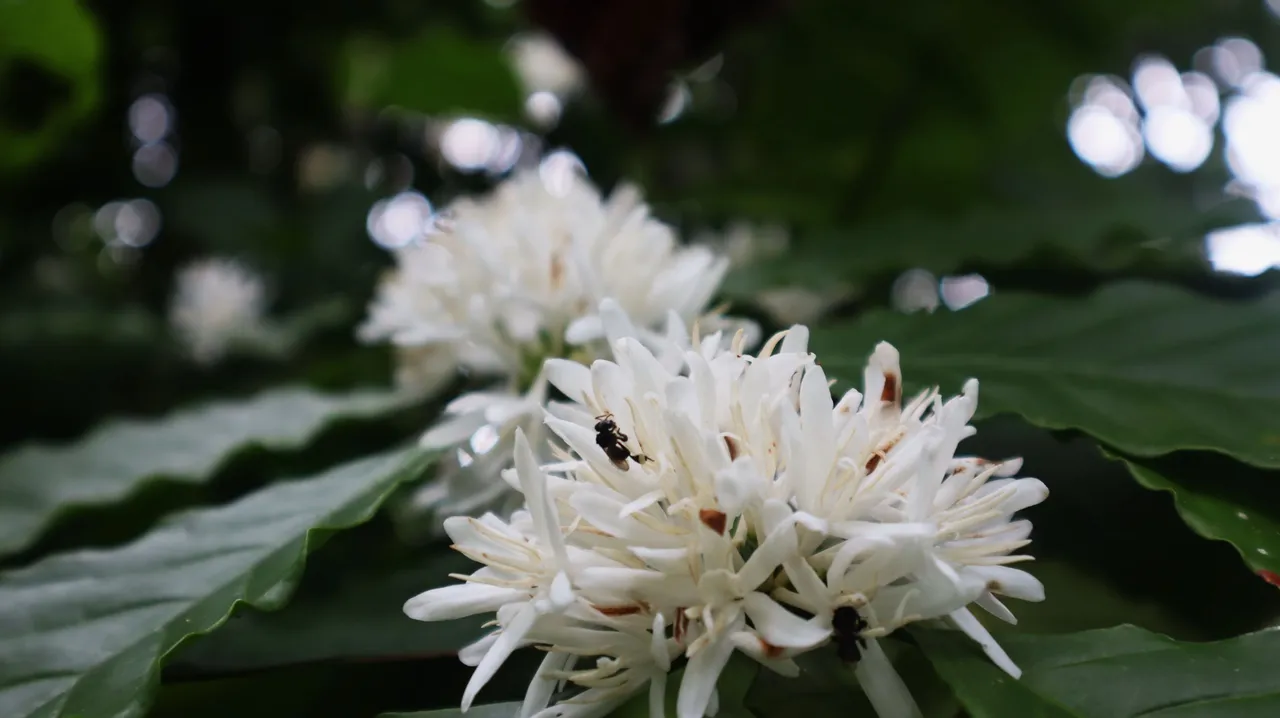
On the ground, above the splintered wood of a felled tree, very tiny mushrooms were seen growing in clusters. Their caps are cup-like, or rather, as their famous name suggests, bird's nest fungi, due to their fruiting bodies resembling a bird's nest filled with eggs, and they belong to the Nidulariaceae, a family in the order Agaricales. (Source: Nidulariaceae)
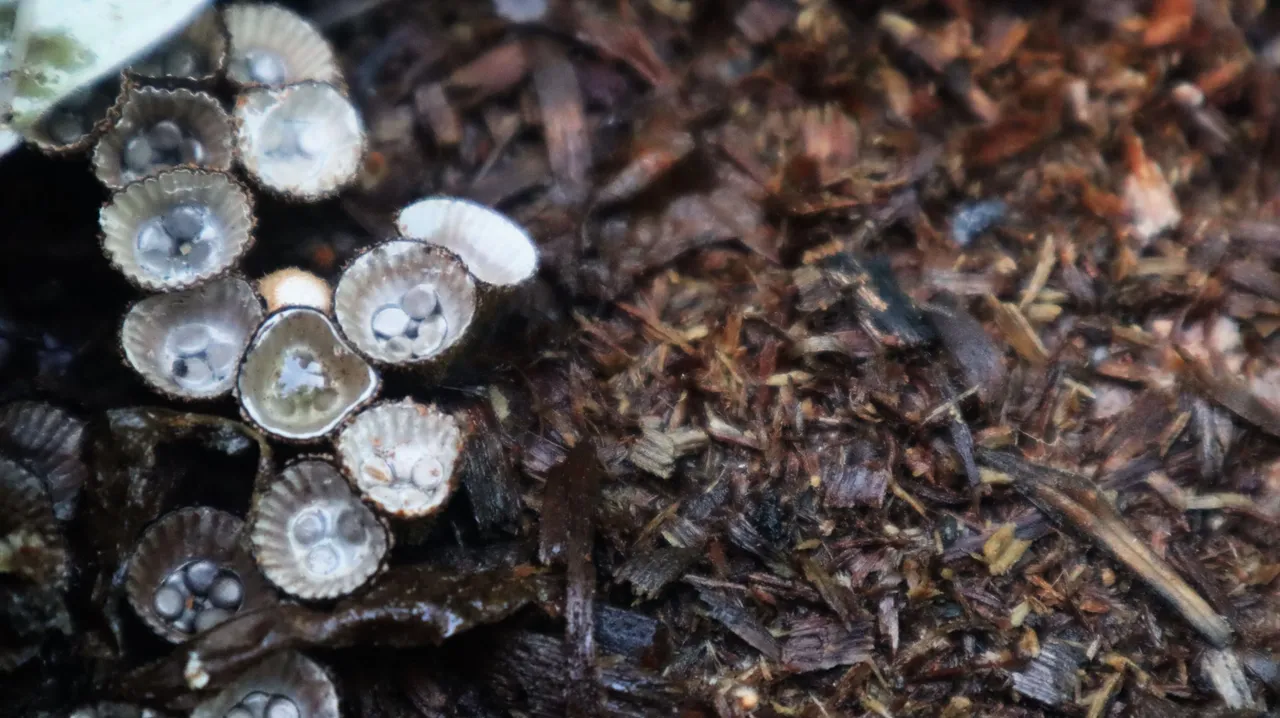
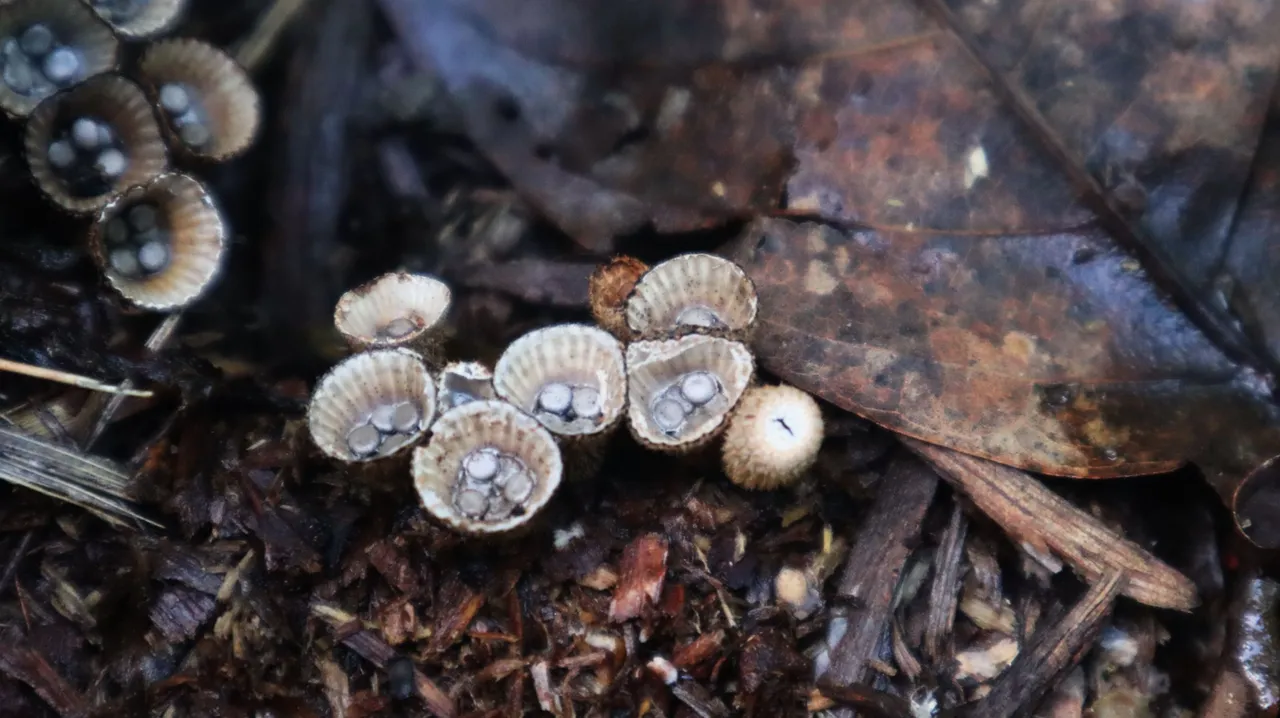
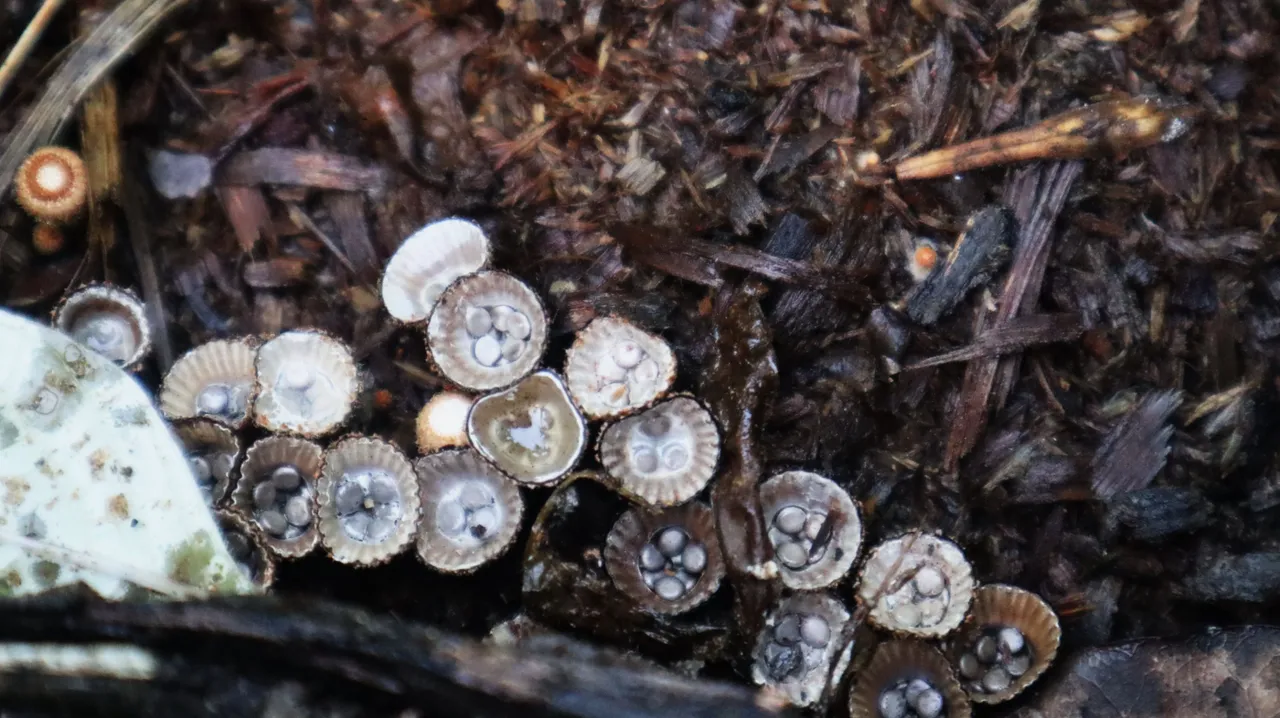
Around them, I also took pictures of vines that seemed to be "passing" in front of me. And nearby there was a yellow wild berry being swarmed by little ants. Everything looked wet from last night's rain.
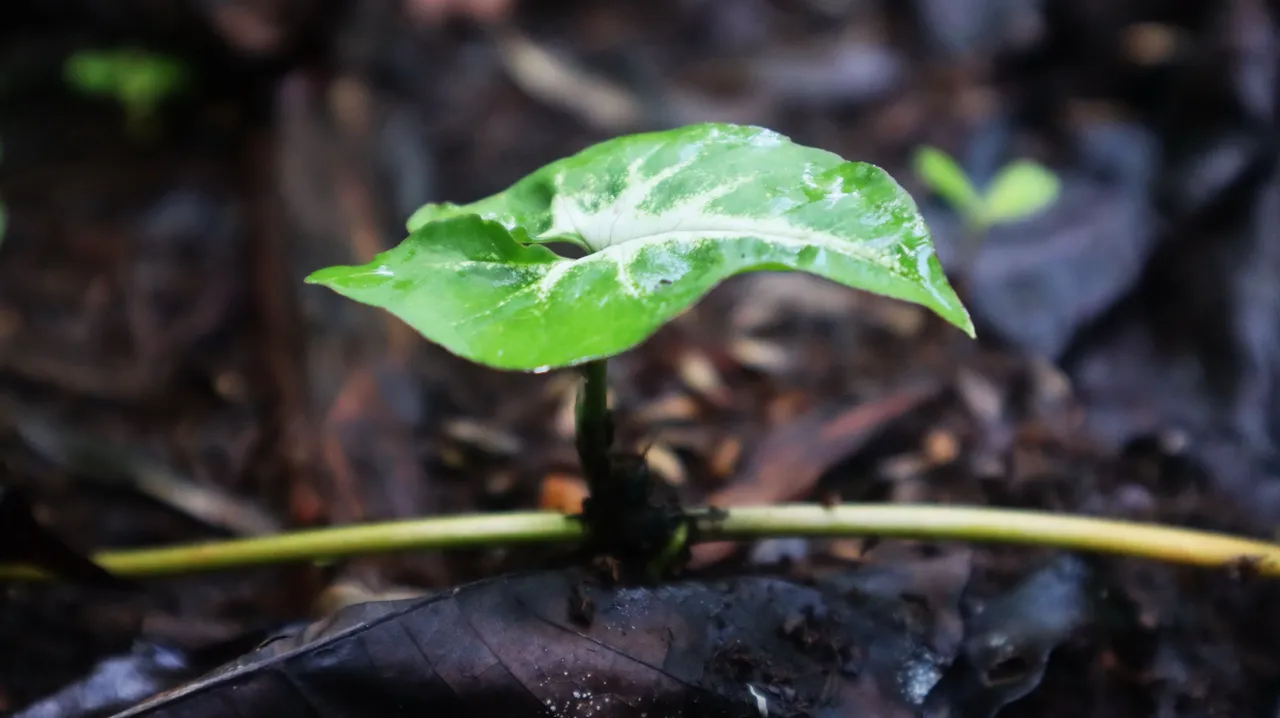
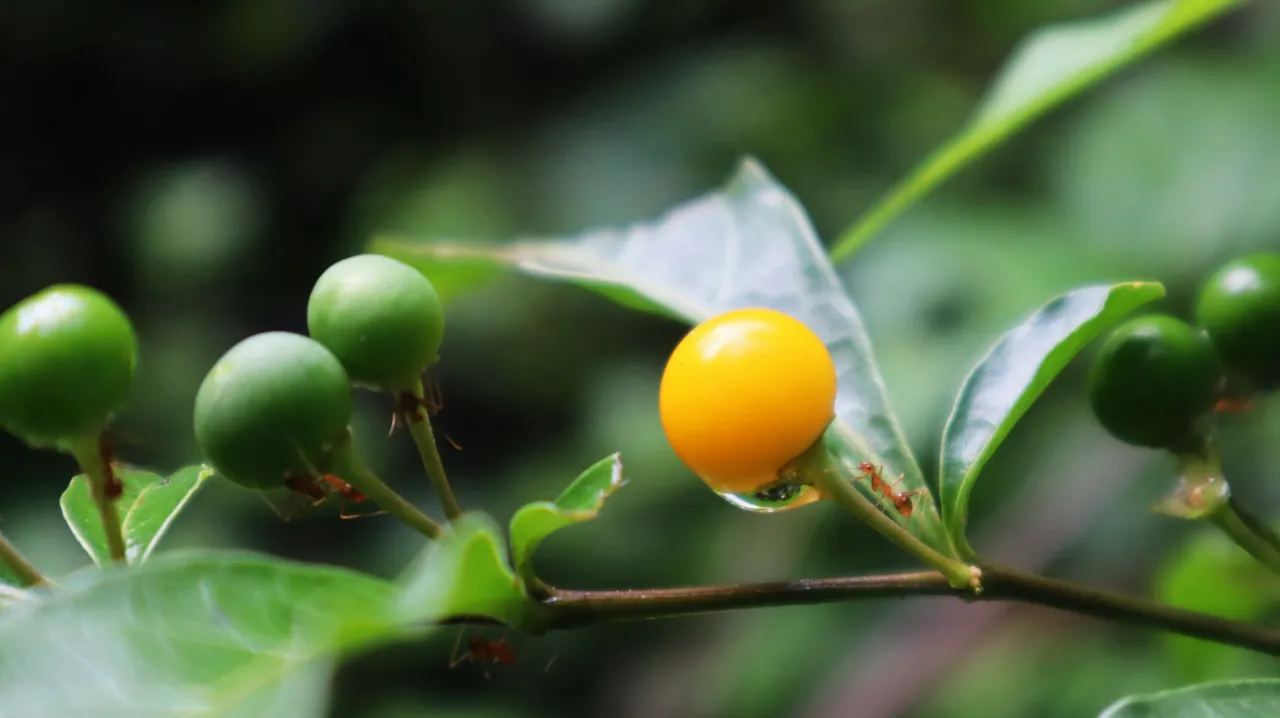
One step later, still on the ground, suddenly saw some fungus with beautiful fruit bodies and looked very smooth. They appear to be short-lived adult Coprinopsis lagopus, or Hare's foot inkcap. (Source: Coprinopsis lagopus).
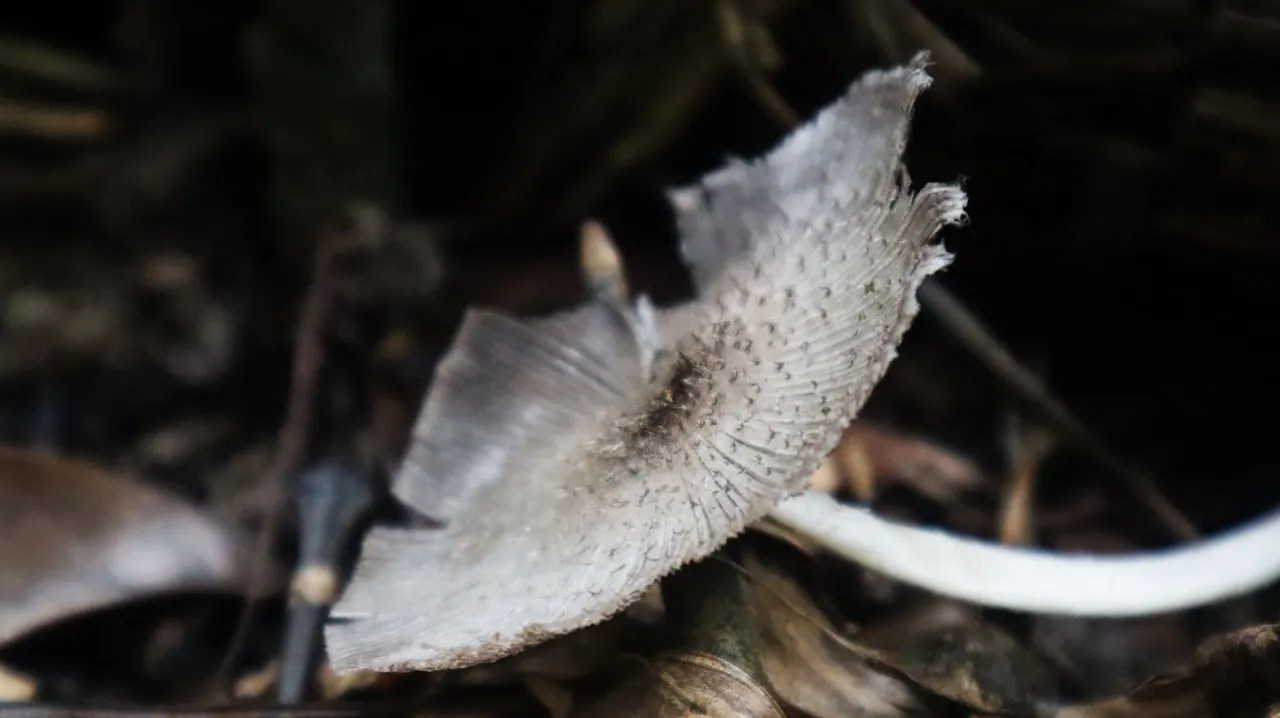
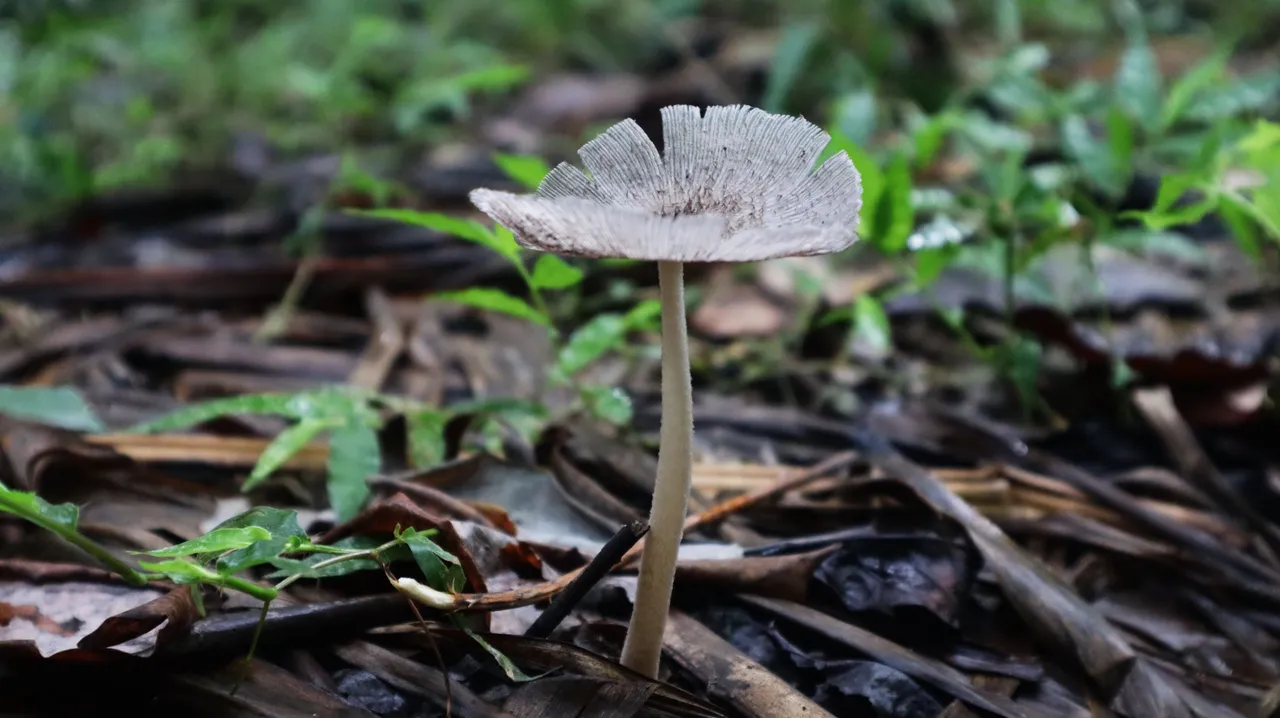
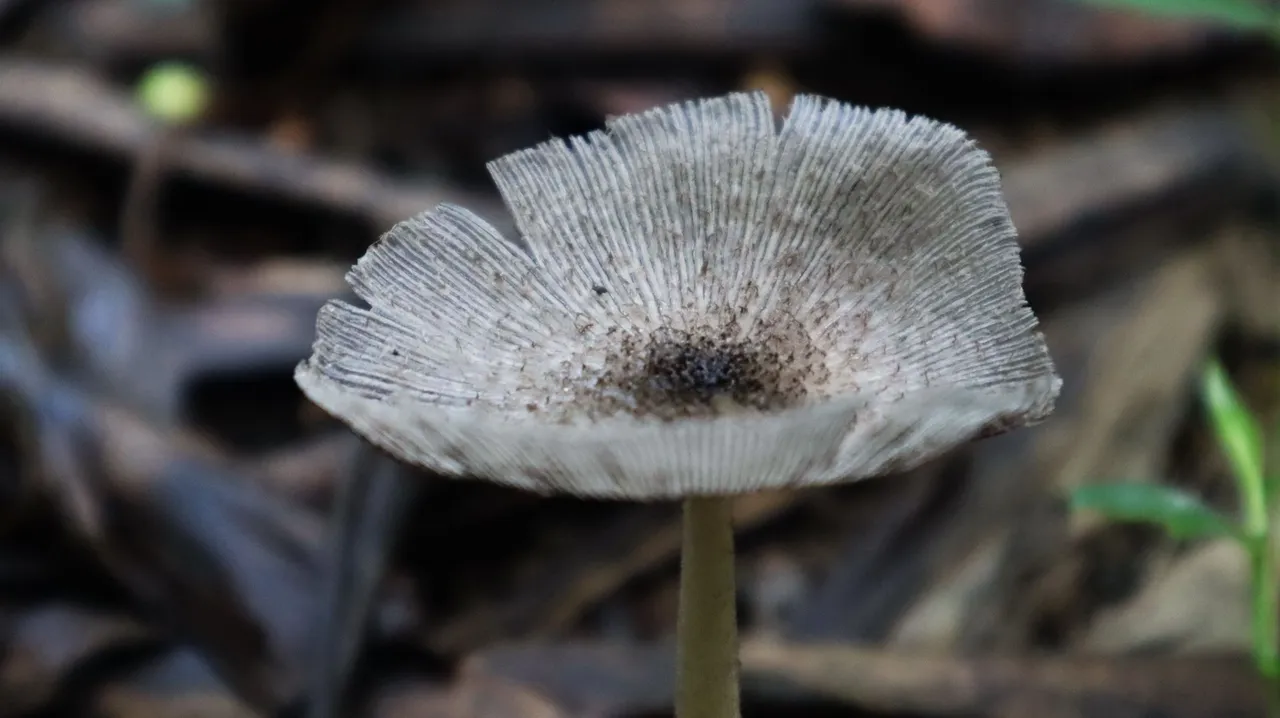
That was all before I saw an Amphidromus, an arboreal snail (tree snail) walking on a banana stem. A little note: the banana stem that we see is actually a pseudo stem which is formed from leaf midribs that enlarge and pinnate in a solid arrangement so that it looks like a stem. Since they are actually leaf midribs, they can peel off or open up and create a kind of cavity where animals like tree snails can take shelter in them. When the tree snail looked like it was about to enter the cavity, I opened the banana stem, and then I was surprised by several toads that actually lived in there. The place was damp and looked watery, especially after last night's rain. That's probably why they like living there. Some of them immediately shifted to a lower place when I opened the midrib of the banana stem.
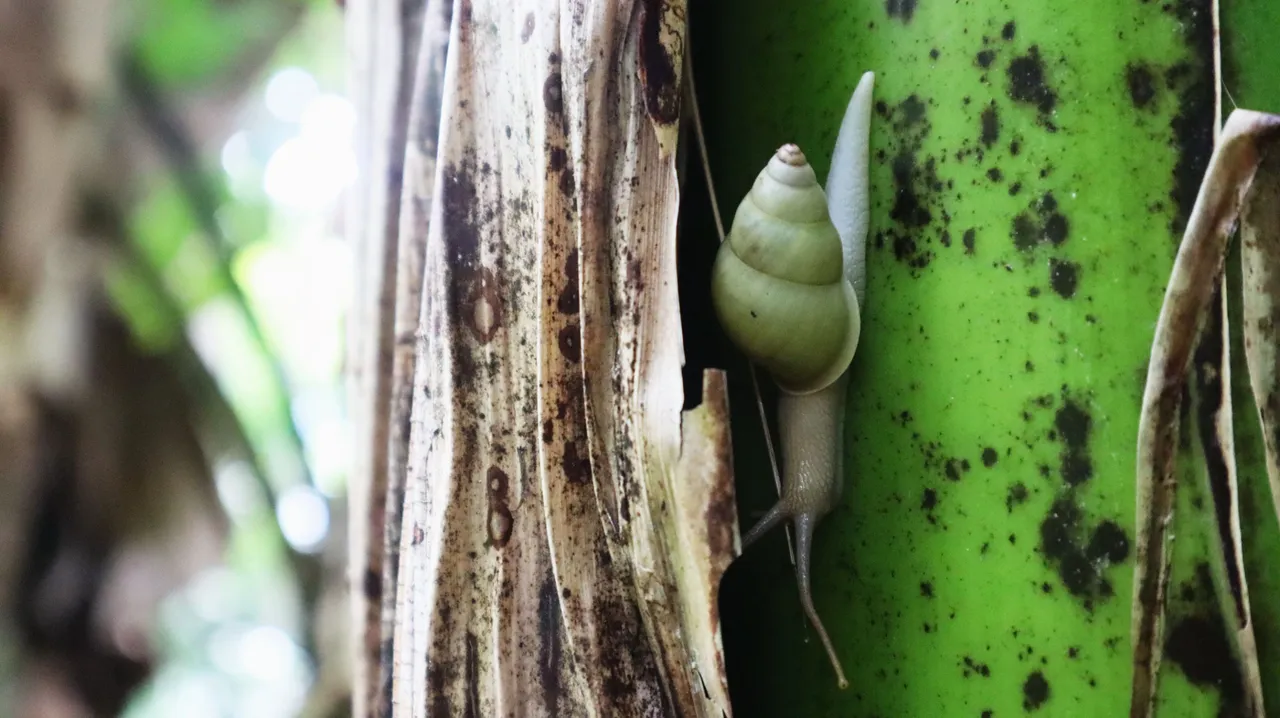
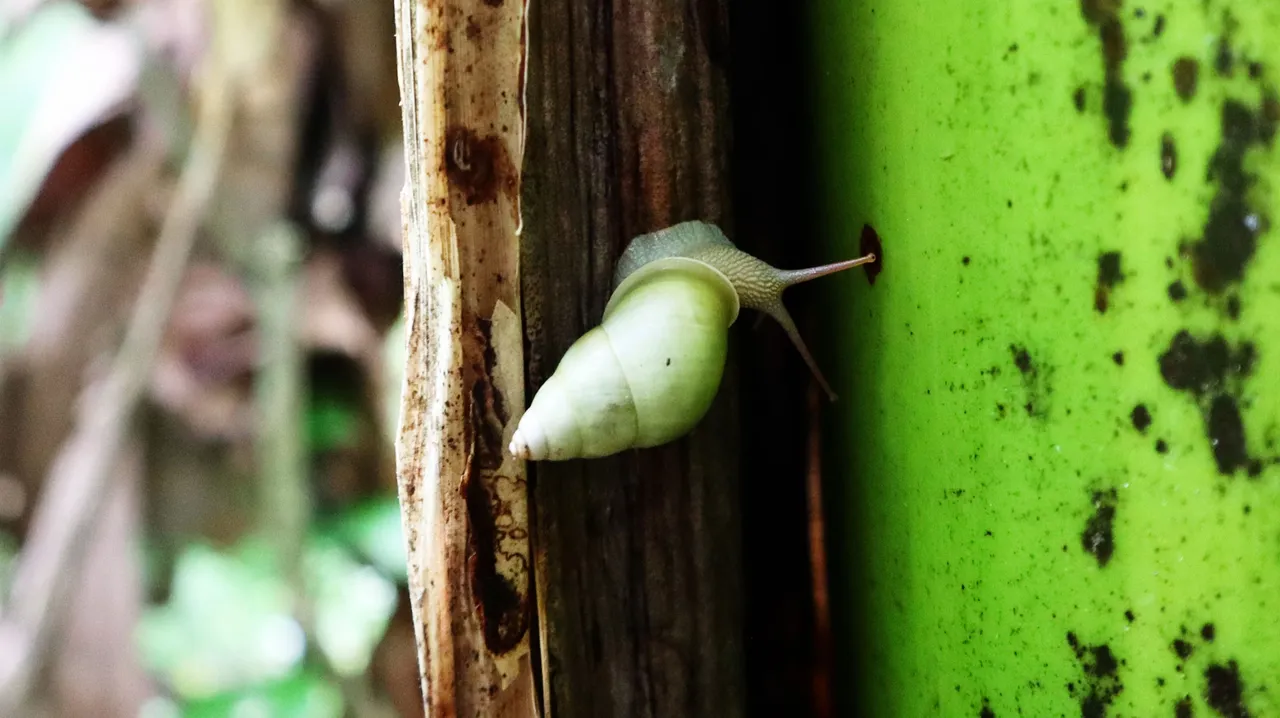
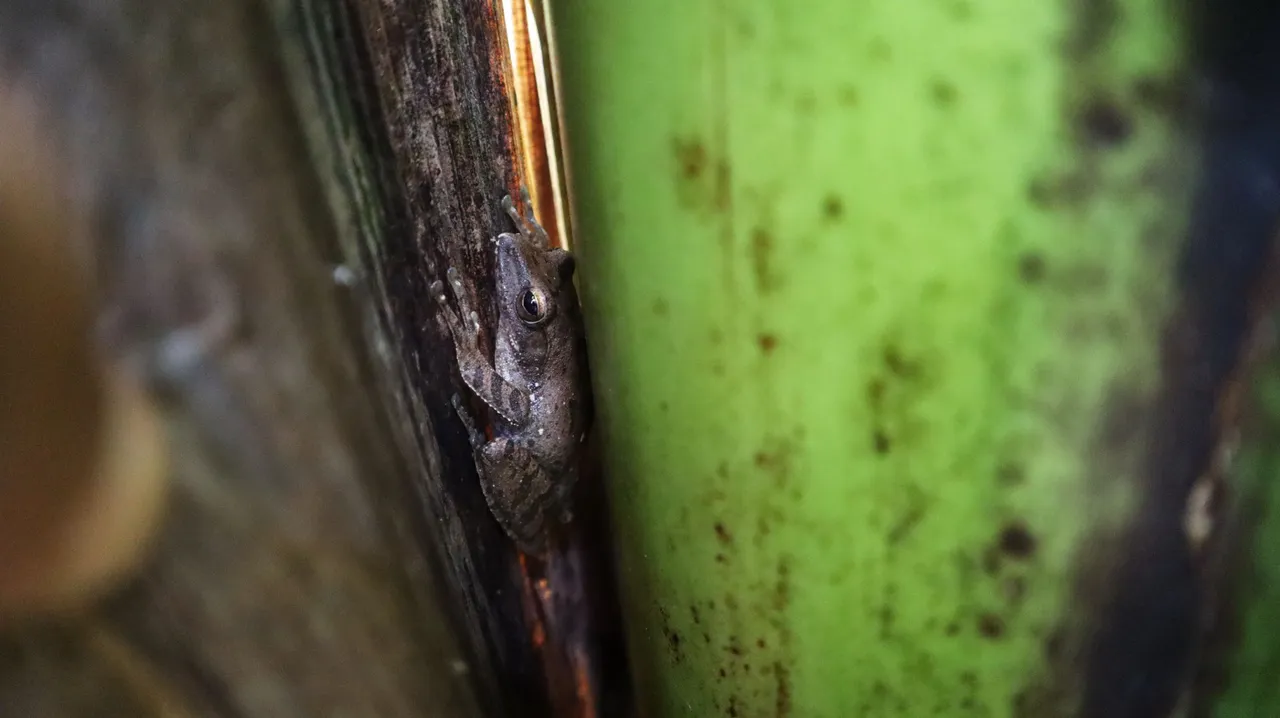

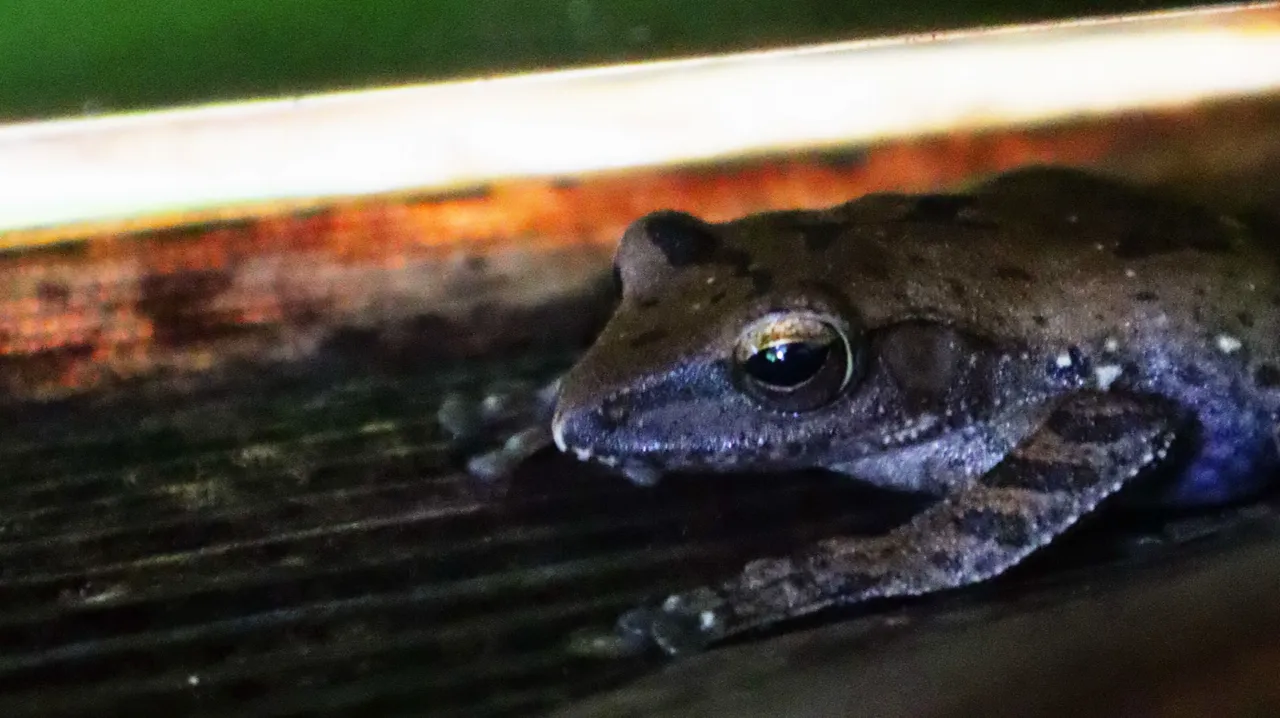
I think it is an arboreal toad, Rentapia hosi, which is found in Southeast Asia, among others, in Sumatra. This toad is also known, among others, by the common tree toad, Malayan brown toad, brown tree toad in the Bufonidae family. (Source: Rentapia hosii).
The place where I found it was an area with dense vegetation in the lowlands of a river in Aceh. Glad to have found it for the first time for me.
